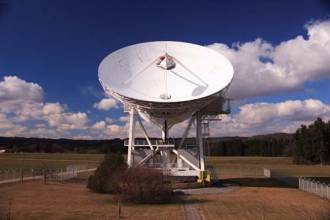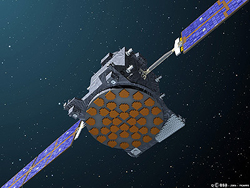More Perils for Galileo . . . and Other GNSS Dramas
A convergence of developments over the past few months has brought Europe’s Galileo program to the most critical passage of its history — at least, since final approval of the GNSS initiative by the European Space Agency (ESA) and the European Union (EU) in 2003 and 2004, respectively.
By Inside GNSS



